Matt Dawber’s Group
Matt Dawber’s group in the Department of Physics at UVM is focused on the growth, characterization and understanding of ferroelectric materials and other oxides. Besides a general interest in ferroelectric materials the focus in this lab is on producing superlattice materials where interfacial coupling gives rise to either enhanced or totally new behaviour. Ferroelectric materials possess high degrees of functionality making them extremely useful in a broad variety of applications
Research
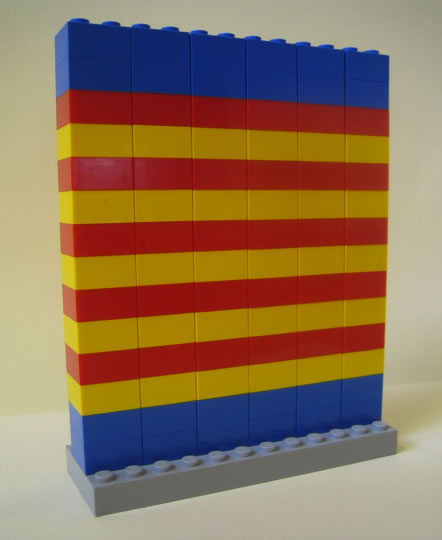
Learn about the materials we work with, the techniques we use and the properties we are striving to understand, improve and harness.
People
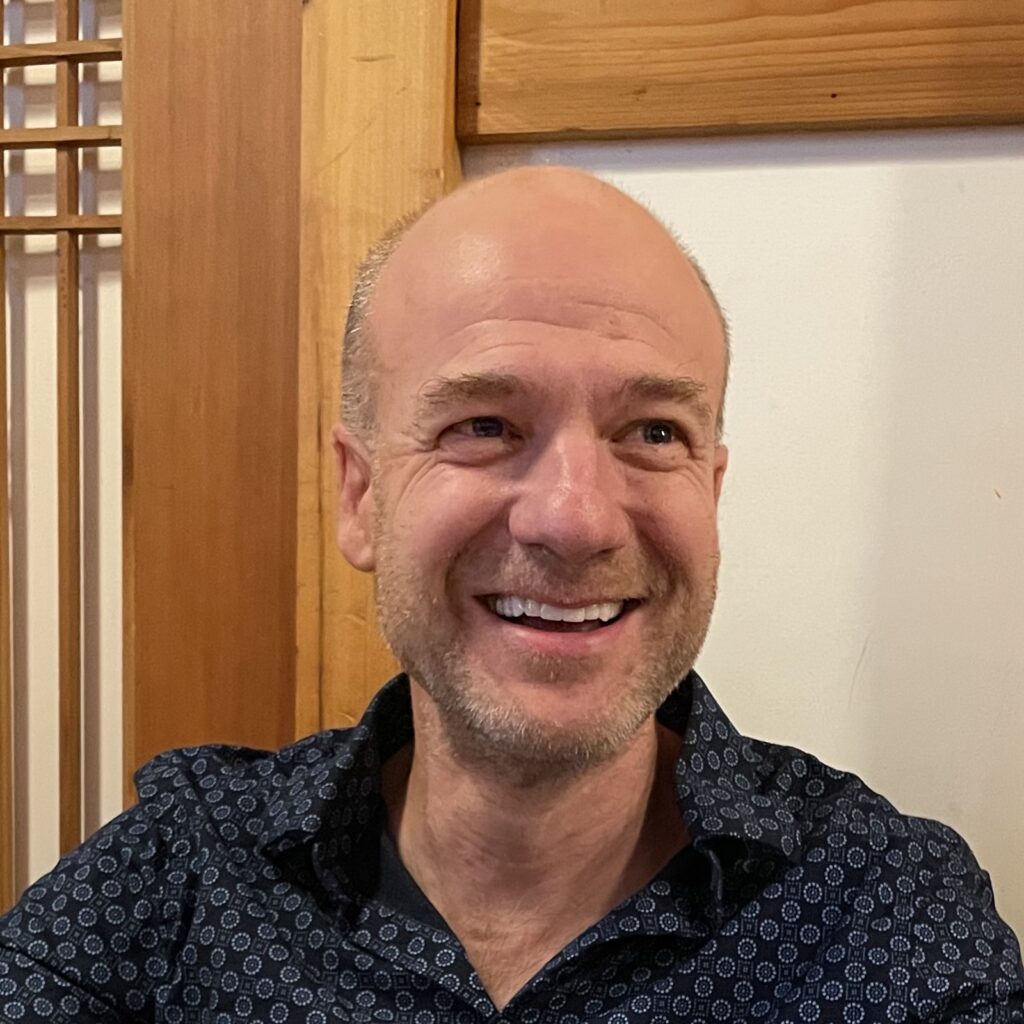
Find out about the current and past members of our group.
There are currently opportunities for graduate and undergraduate students and postdocs to join!
The Lab
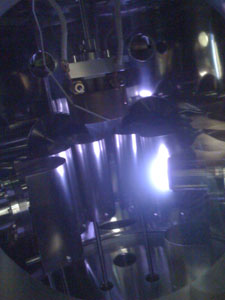
This section coming soon as we set up the new lab!
Highlight Publications
Dynamics of Thermally Driven Domain Transformation in Ferroelectric Thin Films
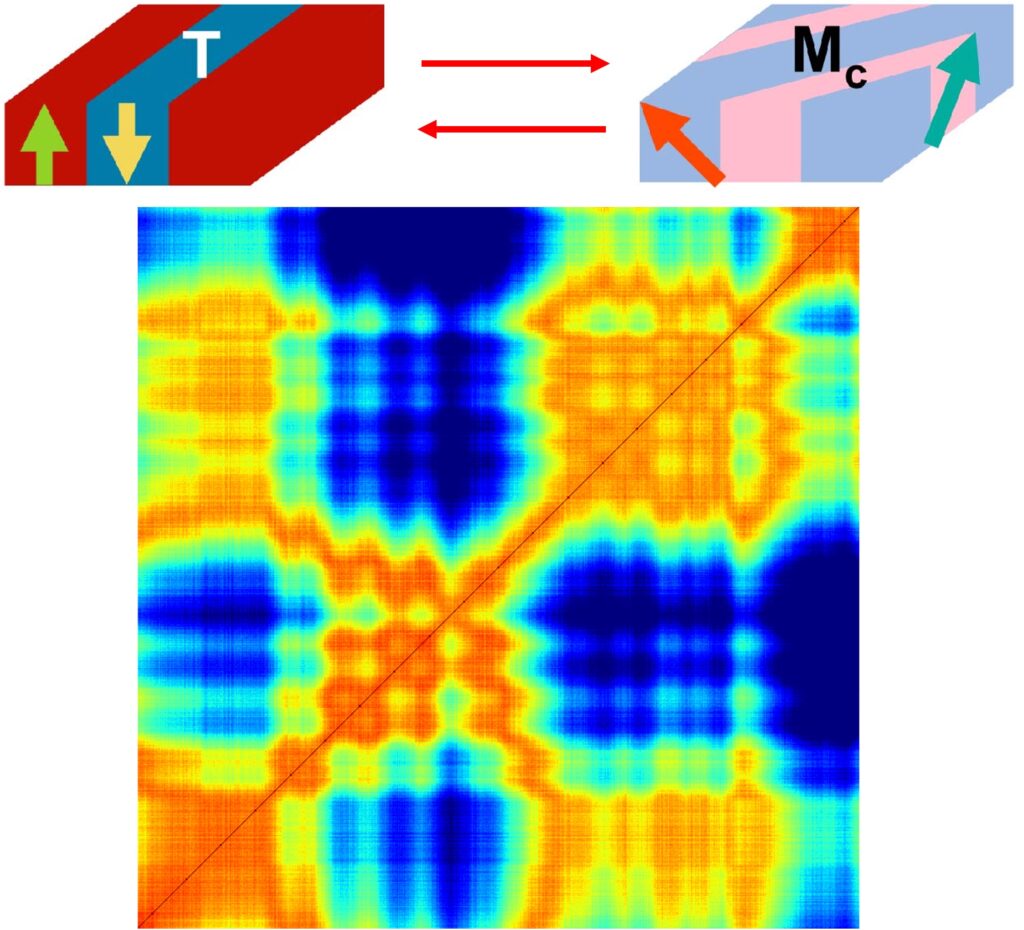
Rui Liu, Anna Gura,Theodore Sauyet, Yugang Zhang, Lutz Wiegart, Andrei Fluerasu, and Matthew Dawber
Phys. Rev. Lett. 134, 056801 (2025)
An important feature in ultrathin ferroelectric films is the spontaneous formation of nanoscale polarization domain patterns. Epitaxial strain can greatly increase the ferroelectric transition temperature such that films can be in the ferroelectric state during growth. On the other hand, depolarization fields compete with ferroelectricity in ultrathin films, and, consequently, the optimal domain configuration during growth is a moving target. Under these conditions it is readily possible for a grown film to be in a nonequilibrium domain configuration. As the energy landscape in the system is quite complex, the relaxation dynamics by which a system can evolve towards the true equilibrium configuration are also quite interesting. To capture the details of this process we used Bragg-geometry x-ray photon correlation spectroscopy (XPCS), in which x-ray scattering speckle patterns contain the information from the domain arrangements inside the film. With modest heating (∼150 °C) domain relaxation from 𝑇 (tetragonal) to 𝑀𝐶 (monoclinic) was observed in BaTiO3 films grown on ultrathin ferroelectric PbTiO3 layers. Two-time correlation analysis reveals fascinating details associated with sticking points and reversals in the process.
Cooperative Interactions between Surface Terminations Explain Photocatalytic Water Splitting Activity on SrTiO3
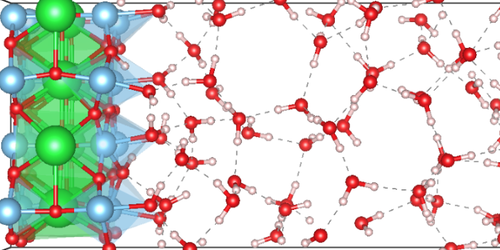
Vidushi Sharma, Benjamin Bein, Amanda Lai, Betül Pamuk, Cyrus E. Dreyer, Marivi Fernández-Serra, and Matthew Dawber
SrTiO3 is a highly efficient photocatalyst for the overall water splitting reaction under UV irradiation. However, an atomic-level understanding of the active surface sites responsible for the oxidation and reduction reactions is still lacking. Here we present a unified experimental and computational account of the photocatalytic activity at the SrO and TiO2 terminations of aqueous solvated [001] SrTiO3. Our experimental findings show that the overall water-splitting reaction proceeds on the SrTiO3 surface only when the two terminations are simultaneously exposed to water. Our simulations explain this, showing that the photogenerated hole-driven oxidation primarily occurs at SrO surfaces in a sequence of four single hole transfer reactions, while the TiO2 termination effects the crucial band alignment of the photocatalyst relative to the water oxidation potential. The present work elucidates the interdependence of the two chemical terminations of SrTiO3 surfaces, and has consequent implications for maximizing sustainable solar-driven water splitting.
Role of ferroelectric polarization during growth of highly strained ferroelectric materials

Rui Liu, Jeffrey G. Ulbrandt, Hsiang-Chun Hsing, Anna Gura, Benjamin Bein, Alec Sun, Charles Pan, Giulia Bertino, Amanda Lai, Kaize Cheng, Eli Doyle, Kenneth Evans-Lutterodt, Randall L. Headrick, Matthew Dawber
Nature Communications 11 2630 (2020) doi:10.1038/s41467-020-16356-9 (Open Access)
In ferroelectric thin films and superlattices, the polarization is intricately linked to crystal structure. Here we show that it can also play an important role in the growth process, influencing growth rates, relaxation mechanisms, electrical properties and domain structures. This is studied by focusing on the properties of BaTiO3 thin films grown on very thin layers of PbTiO3 using x-ray diffraction, piezoforce microscopy, electrical characterization and rapid in-situ x-ray diffraction reciprocal space maps during the growth using synchrotron radiation. Using a simple model we show that the changes in growth are driven by the energy cost for the top material to sustain the polarization imposed upon it by the underlying layer, and these effects may be expected to occur in other multilayer systems where polarization is present during growth. This motivates the concept of polarization engineering as a complementary approach to strain engineering.
In-situ x-ray diffraction and the evolution of polarization during the growth of ferroelectric superlattices

Benjamin Bein, Hsiang-Chun Hsing, Sara J. Callori, John Sinsheimer, Priya V. Chinta, Randall L. Headrick, Matthew Dawber
Nature Communications 6 10136 (2015) doi:10.1038/ncomms10136 (Open Access)
In epitaxially strained ferroelectric thin films and superlattices, the ferroelectric transition temperature can lie above the growth temperature. Ferroelectric polarization and domains should then evolve during the growth of a sample, and electrostatic boundary conditions may play an important role. In this work, ferroelectric domains, surface termination, average lattice parameter and bilayer thickness are simultaneously monitored using in-situ synchrotron x-ray diffraction during the growth of BaTiO3/SrTiO3 superlattices on SrTiO3 substrates by off-axis RF magnetron sputtering. The technique used allows for scan times substantially faster than the growth of a single layer of material. Effects of electric boundary conditions are investigated by growing the same superlattice alternatively on SrTiO3 substrates and 20nm SrRuO3 thin films on SrTiO3 substrates. These experiments provide important insights into the formation and evolution of ferroelectric domains when the sample is ferroelectric during the growth process.